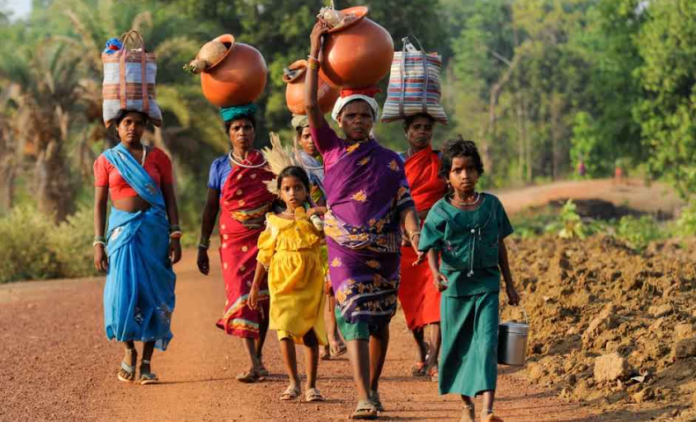Land grabbing is the illegal or unauthorized acquisition of land by powerful actors, such as politicians, businessmen, or mafias, for their own benefit. Land grabbing has been a serious problem in many parts of India, especially in the ecologically and culturally sensitive regions of Uttarakhand and Uttar Pradesh. Land grabbing not only deprives the local people of their rights and livelihoods, but also poses a grave danger to the environment, biodiversity, and heritage of these states.
Uttarakhand and Uttar Pradesh share a long border along the Himalayan foothills and the Gangetic plains. These areas are rich in natural resources, such as forests, rivers, minerals, and wildlife, as well as cultural diversity, such as temples, shrines, festivals, and languages. However, these areas have also been the target of land grabbing by various vested interests, who exploit the loopholes in the law, the corruption in the administration, and the ignorance or helplessness of the locals.
One of the main reasons for land grabbing in these states is the demand for land for development projects, such as dams, roads, industries, hotels, and resorts. These projects often disregard the environmental and social impacts, and violate the norms and regulations for land use and acquisition. For instance, the construction of the Tehri dam in Uttarakhand displaced thousands of people and submerged hundreds of villages, temples, and forests. Similarly, the Yamuna Expressway in Uttar Pradesh acquired land from farmers at low prices and sold it to private developers at high rates, leading to protests and violence.
Another reason for land grabbing is the influx of outsiders, who buy land from the locals at cheap prices or occupy it illegally, with the help of local politicians or mafias. These outsiders often belong to different religious or ethnic groups, and have different lifestyles and values, which create conflicts and tensions with the native communities. For example, in the Pachhua area of Dehradun district, thousands of Muslims from Saharanpur and surrounding areas have settled around the Asan Barrage and the Yamuna river, encroaching on government land and changing the demographic balance. Similarly, in the Nainital district, many Bengalis and Biharis have bought land from the locals and built illegal structures, affecting the ecology and aesthetics of the hill station.
Land grabbing is a complex and multifaceted issue, which requires a holistic and participatory approach to address. The government should enact and implement stricter laws to prevent and punish land grabbing, and to protect the rights and interests of the local people. The government should also ensure transparency and accountability in the land acquisition and allocation process, and involve the local communities and civil society organizations in the decision making and monitoring. The government should also promote sustainable and inclusive development, which respects the ecology and culture of the region, and enhances the livelihoods and well-being of the people. Land grabbing is not only a legal or economic issue, but also a moral and ethical one, which challenges the values and identity of the nation.


